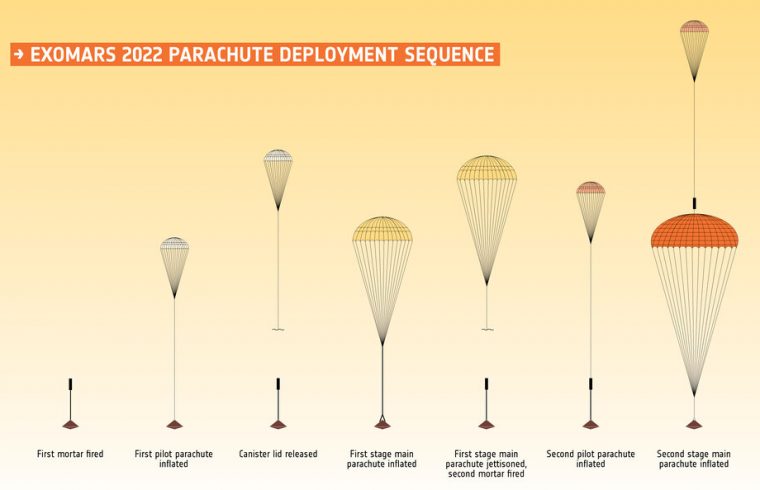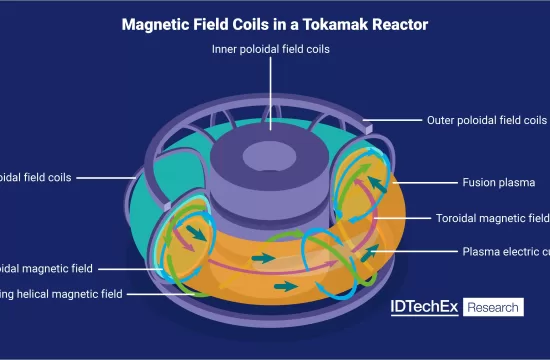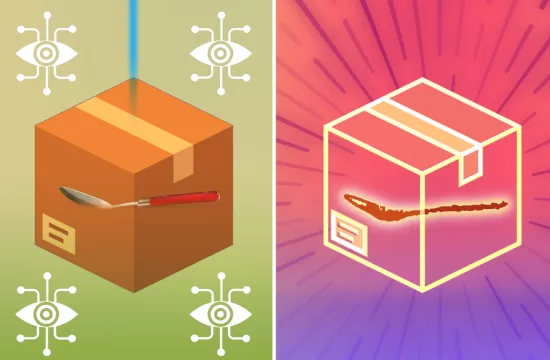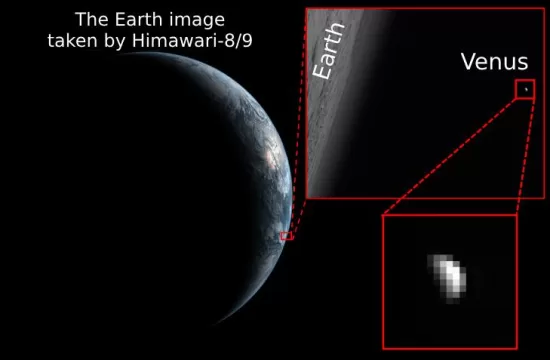The latest pair of high-altitude drop tests of the ExoMars parachutes took place in Kiruna, Sweden.
The 15 m-wide first stage main parachute performed flawlessly at supersonic speeds, while the 35 m-wide second stage parachute experienced one minor damage, but decelerated the mock-up of the landing platform as expected.
The ESA-Roscosmos ExoMars mission, with the Rosalind Franklin rover and Kazachok surface platform, is scheduled for launch in September 2022. After a nine-month interplanetary cruise, a descent module containing the rover and platform will be released into the martian atmosphere at a speed of 21 000 km per hour.
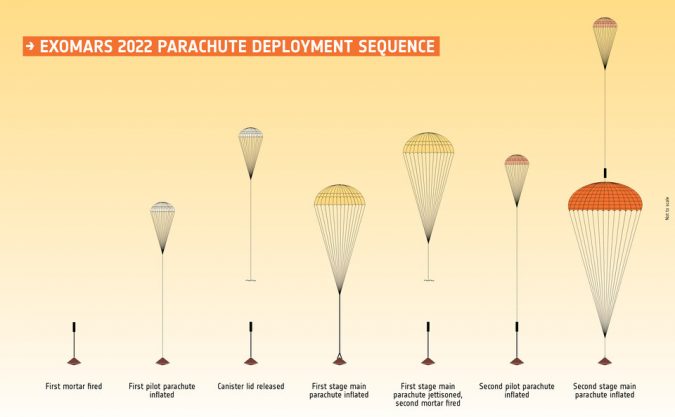
The first test focused on validating the Airborne Systems backup supersonic parachute – the first drop test for this parachute in this ExoMars test campaign. The second test was carried out the following night using the modified subsonic parachute and bag delivered by the Italian company Arescosmo. Each test was designed to apply the full load expected during the Mars entry, descent and landing, all with additional safety margins.
“We’re very happy to report that the first main parachute performed perfectly: we have a supersonic parachute design that can fly to Mars,” says Thierry Blancquaert, ExoMars programme team leader, noting that “there will be at least two further opportunities to test this parachute design to gain further confidence”.
“The performance of the second main parachute was not perfect but much improved thanks to the adjustments made to the bag and canopy. After a smooth extraction from the bag, we experienced an unexpected detachment of the pilot chute during final inflation. This likely means that the main parachute canopy suffered extra pressure in certain parts. This created a tear that was contained by a Kevlar reinforcement ring. Despite that, it fulfilled its expected deceleration and the descent module was recovered in good state.”

